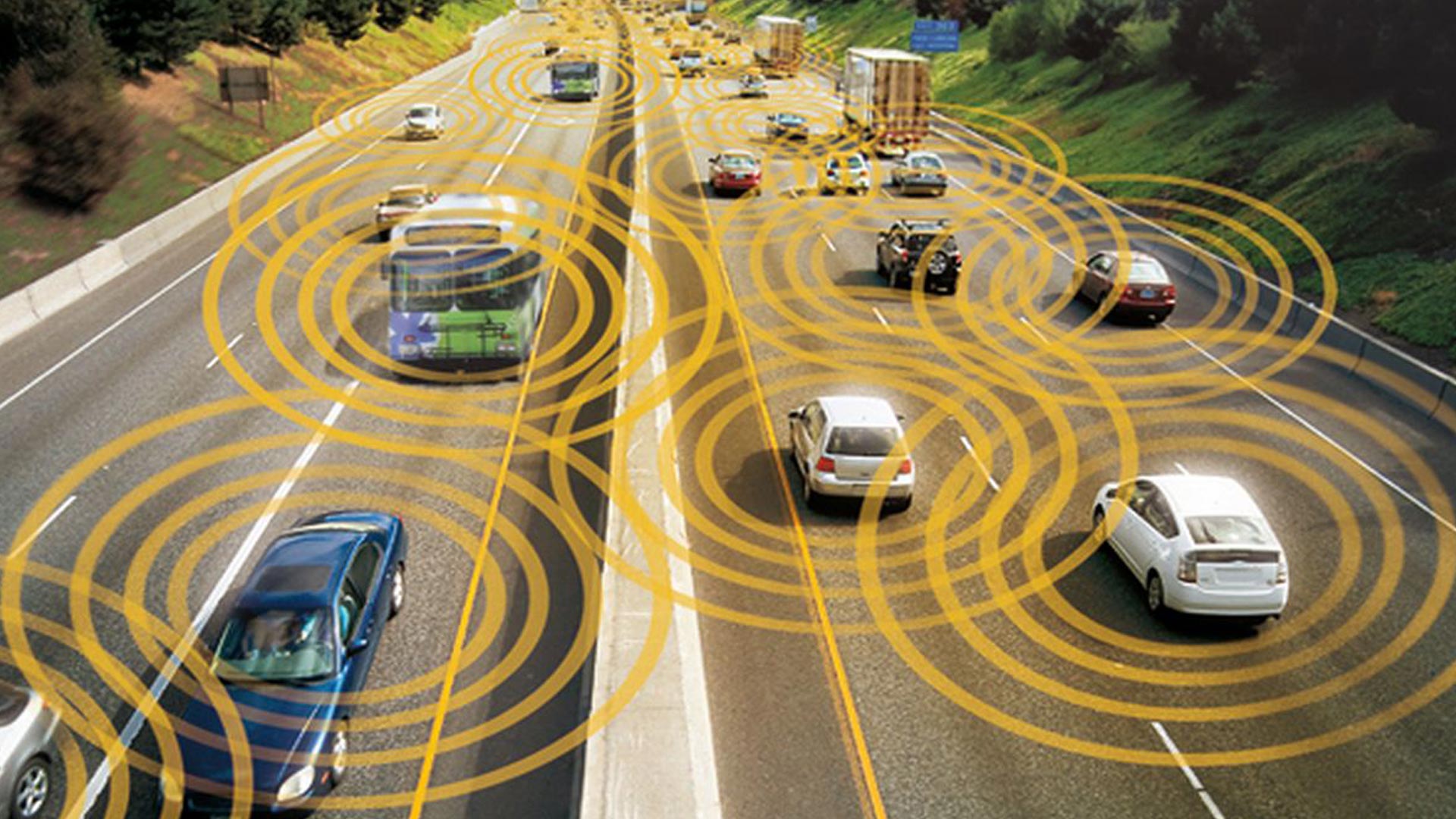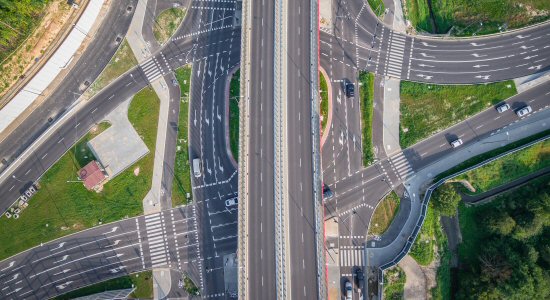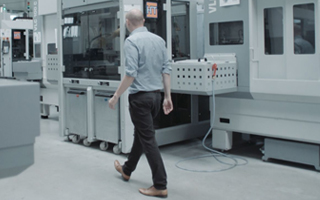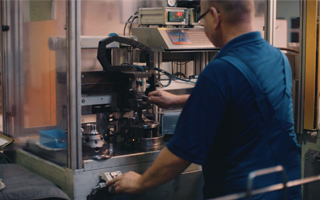Interconnectivity On The Roads
The average car has more computing power than Apollo 11. If you’re fortunate enough to own a supercar (or even hypercar) that computing power exceeds the average smart phone.
Cars are, for want of a better term, very clever. They monitor tyre pressure, oil pressure, internal temperature, external temperature, fuel economy, air flow, carbon emissions, MPG, exhaust gas oxygen mix, ABS, traction, stability, rain fall and whether or not your door’s shut.
And many more beside.
The number of processes gets truly staggering when you start throwing in things like magnetic suspension.
Tesla Motors took that one step further with the Autopilot function that allows the car to not only assist drivers on the roads but to drive autonomously as well.
This amazing piece of technology continually scans the environment using technology similar to that found on a fighter jet to map the environment and make decisions based on the data and a pre-programmed set of rules.
The ambition of people like Elon Musk is to eliminate collisions and road related fatalities by using an artificially intelligent co-pilot to prevent mistakes or augment your own reaction times by alerting you to danger.
However, car manufacturers are taking things one step further and experimenting with car-based interconnectivity technology. The simple idea is this – cars will communicate with one another. Actually, more accurately, cars will communicate with everything.

Image courtesy of Cleantech Group
The thinking behind this technology is the next evolutionary step from what already exists.
Whilst the Autopilot or the fully autonomous car will continually scan the road assessing hazards and taking appropriate action, a connected car will be interfacing with other cars, road traffic cameras and traffic signals.
Vehicle-to-vehicle technology broadcasts information like position, speed, brake status, steering wheel position to other vehicles within range.
All this information can be collated to create an ‘image’ of the environment, creating a scenario where the car will slow down if it’s approaching a set of traffic lights it knows are about to change.
‘Running reds’ will become a thing of the past.
It will decrease speed if you’re approaching a bend on a country lane that exceeds its grip and handling tolerances.
No more rolled cars on country lanes.
This accumulated technology will, theoretically, prevent a driver from taking action that would otherwise put them, their passengers, other road users and pedestrians at risk.
This will work alongside existing technology like augmented reality that will superimpose silhouettes of pedestrians waiting behind parked vehicles or other obstructions to enhance driver awareness.
Admittedly with a human controlling the car we can’t rule out those situations where the driver overrules the computer to their cost (and peril) but it will make serious collisions less frequent and those instances much easier to investigate.
There is a genuine concern amongst many that making vehicles more connected will leave them vulnerable to cyberattack. That concern isn’t unfounded as there are countless examples of hackers breaking into cars or taking control of them altogether within seconds of interfacing with them.
However, both car manufacturers and smart city planners maintain that an integrated network will make it far harder for hackers to target cars as they will be part of a closed system. Currently connected cars are easy to single out.
The intention is to make our roads safer for everyone. It costs the UK over £15 billion a year in damages from traffic accidents so introducing technology that would dramatically reduce the number, and therefore costs would have a profound effect on the economy.
It would also reduce traffic jams, reduce fuel wastage, brake wear and – more importantly - allow valuable assets such as law enforcement and the ambulance service to be reprioritised to other things.
Not to mention everyone’s insurance premiums would be lower.







